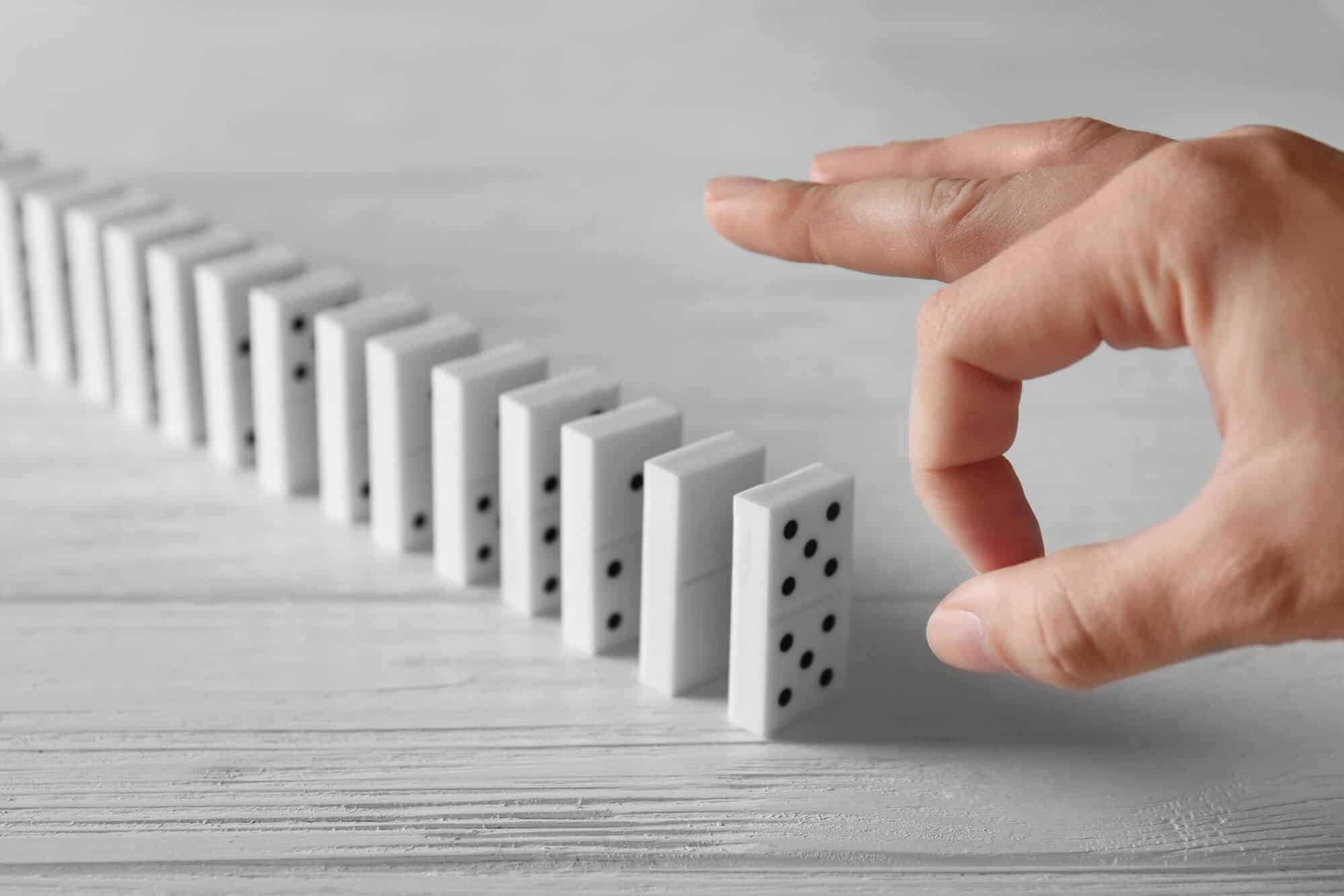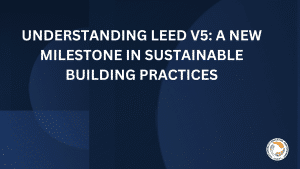Dan Dalton—Getty Images/Caiaimage
“I need a bigger flat screen TV.” “I need new furniture because I’m tired of looking at the same things.” “I need a whole new wardrobe.” “My clothes are outdated.” “Grandma is selling her house and moving into a nursing home.” “Mom and dad are downsizing now that they’re retired.” “Let’s get new kitchen appliances.” “Time to clean out the toy box.”
All of these kinds of statements usually lead to tons of clothes, furniture, appliances, toys, china sets, knick-knacks and all kinds of other things being donated to thrift stores or sold in estates sales. The numbers are startling!
Depending on the particular research report referenced, the resale industry in 2018 generated anywhere from $17.5 billion to $24 billion in revenues per the Association of Resale Professionals. Goodwill Industries, all by itself, generated $5.9 billion. The estate sale and auction industry is also enormous, and growing as the population ages. Baby boomers and millennials are cleaning out the houses of senior relatives who pass away, move into retirement communities, or move in with younger family members. Then there are 10,000 baby boomers retiring every day and deciding they do not need as much space anymore, so are selling their homes and moving into condos or small houses.
The houses that must be cleaned out, coupled with a society that likes new and updated items, is the engine driving the resale market. Walk into any thrift store or consignment shop, and you will find plenty of items that are barely or gently used. In fact, most consignment shops have strict requirements today as to condition, age, and style currency for clothing, shoes, and other items that make it to the racks and shelves.
Disposable Society
What do secondhand stores do with all the items they cannot sell?
Adam Minter, author of the “Secondhand” book, investigated. In an interview with NPR (December 4, 2019, ‘The Best Thing You Can Do Is Not Buy More Stuff,’ Says ‘Secondhand’ Expert’), he explains the ins and outs of the sorting and selling that goes on in thrift stores. The bottom line is that the typical U.S. thrift store sells about one-third of its inventory. The rest is disposed of in some manner – clothes go to rag-makers or are thrown away, and the rest of the items are disposed of in some manner which usually means the landfill, the incinerator, an electronics parts company, and so on.
Consumerism in the U.S. is alive and well and largely driven by the availability of inexpensive goods. Ask any baby boomer about their family’s first TV. It was a console, heavy, lasted for years, and a major investment.
Today, you can carry a flat screen TV out of the store after paying a couple of hundred dollars, knowing it will not last for more than a few years. Name brand clothes are inexpensive. Toys are cheap. Appliances are sold with expensive warranties because they are expected to have a problem within a couple of years. Even a lot of furniture is bought and replaced in a short period of time.

The Spiral of Consumption
Not only do we live in a disposable society, the Diderot Effect is always operating. The Diderot Effect is operating when someone buys something new, and that leads to a spiral of consumption that then results in acquiring more new things. In other words, people end up buying things they really do not need.
For example, buying a new dress and it means buying new shoes, new jewelry, and a new handbag. Buy a car, and it needs seat covers, first aid kit, phone charging cord, new floor mats, and an emergency roadside kit (that never gets used because you can call for help on your cell phone). Houses are full of the consequences of the Diderot Effect.
Now think of environmental sustainability. The more things people buy, the more that ends up in second hand stores and landfills. The old 42-inch flat screen TV tossed into the dumpster (because that is the easiest thing to do) to make room for the 65-inch wall-hung TV will take thousands of years to decompose, leaking toxic chemicals at the same time. The leather boots with water stains that the thrift store throws away will take up to 40 years to decompose.
The EPA says the main source of textiles in landfills is discarded clothing, and the remaining textiles are from carpets, tires, footwear, furniture, sheets, and towels. In 2017, over 11 million tons of textiles were landfilled, and 2.5 million tons were recycled.
Achieving Sustainability Requires Thoughtful Buying
Consumerism is a cycle. The more people buy, the more is manufactured, and the more that ends up in landfills. The more that is manufactured, the greater the environmental impact.
Do we really need to buy new things just because a new style appears, a new electronic gadget is introduced, or we get tired of looking at our furniture? An honest effort to achieve sustainability means re-evaluating buying habits, for you that may mean cutting back on what you buy or buying from a second hand store.
Donating items to second hand stores is a good practice because at least some of it will be reused. However, a more effective approach is to simply not buy so much. Buy what you need to buy and not what you want to buy.
This week, put your brain on the front burner and start with Christmas shopping. Just think of all the money that can be saved if only…
What are some of the ways you help to reduce landfill waste? Share your ideas in our comment section below.










